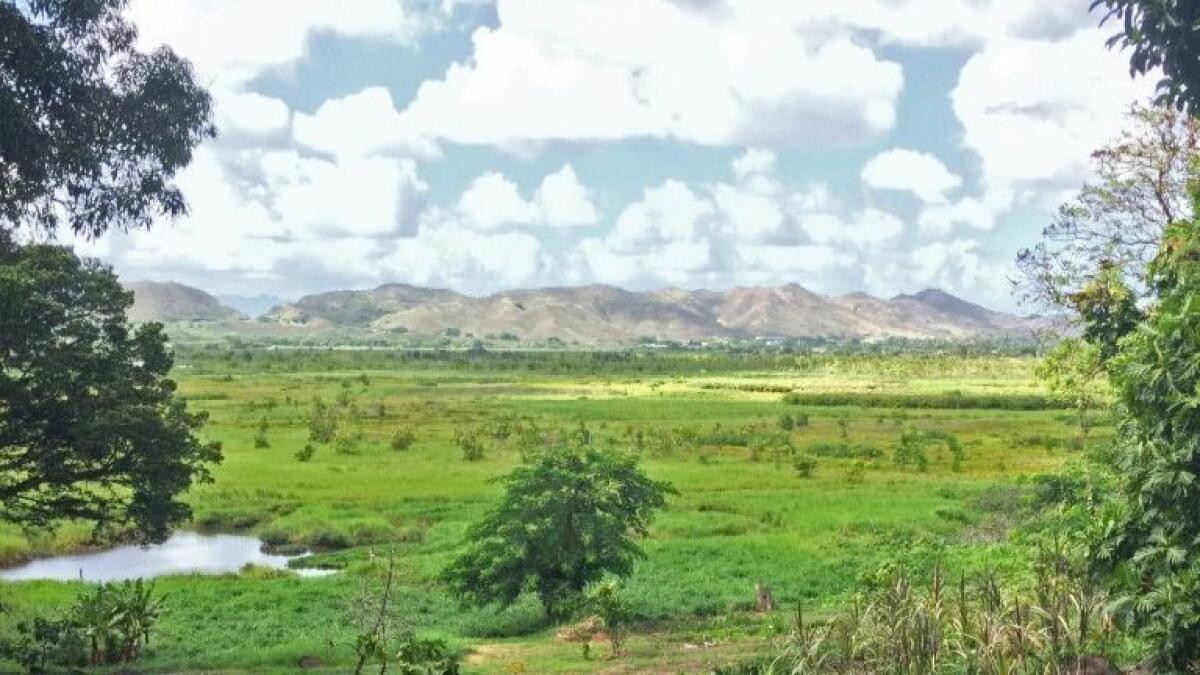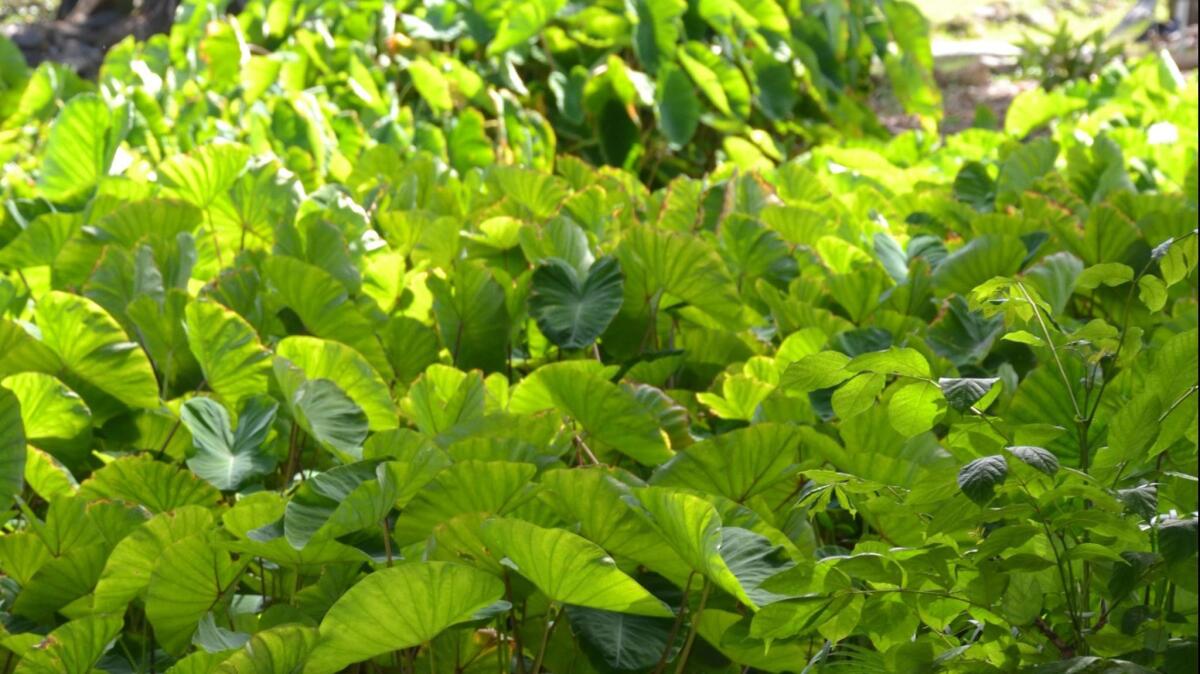A secluded historic temple on windward Oahu holds clues to a rich culture and history

KAILUA, Hawaii — It was like a watercolor dream, blurry at the edges, filled with jungle greens and cerulean sky. It was quiet and lush in a way that only Hawaii can be.
Was this place real or had I dreamed it? After all, it had been more than 50 years since I first saw it and more than three decades since I last laid eyes on this heiau, a Hawaiian temple in the windward Oahu town where I once lived.
But where was it? It’s a state park so surely I could find it easily, although given my map dysfunction, “easily” was a tad optimistic.
As I drove through residential areas off Kailua Road, I grew more frustrated. Where was Ulupo Heiau?
Back, well hidden a short distance from the YMCA.
On a warm Sunday afternoon in September, I wandered down a path that took me to the base of the temple, about 180 feet long by 140 feet wide and, at one time, as many as 30 feet tall.
My jaw dropped, the same reaction that overwhelmed me at Mexico’s Teotihuacan pyramids or the structures of Peru’s Machu Picchu.
Although a plaque placed in 1962 credits menehune, Hawaii’s small people said to be possessed of magical powers, with the creation of this heiau, it was more likely hardworking Hawaiians who passed the basalt rock hand over hand from west Oahu — about 10 miles away, said Kalani Kaanaana, director of Hawaiian cultural affairs for the Hawaii Tourism Authority.
And, once again, I was in thrall of humanity’s desire to create something that defies time but dismayed by that same humanity’s desire to destroy what it does not understand or accept.
Sacred silence

Heiaus are sacred sites and should be approached just as you would a great cathedral. The gilt that adorns those grand places of worship is here too, but it is the nature that is the gold: the sound of songbirds (some of which are returning to Ulupo after a long absence, Kaanaana said), the flit of a butterfly, a gentle breeze that rustles the greenery.
It is a place that encourages quiet and contemplation to envision what it once was.
It was originally agricultural in nature. Taro (kalo is the Hawaiian word), a staple, bananas, sweet potatoes and sugar cane were among the crops grown.
Fishponds that may have covered as many as 400 of the more than 800 acres provided protein — “our refrigerator,” Kaanaana called it.
Today, taro again is being grown as the land has been reclaimed from years of overgrowth.
But nature is not to blame for the destruction of temples.
Disappearance

Kamehameha, who would ultimately become king of Hawaii, won one of the most important battles in his fight to unify the islands in 1795 at Nuuanu Pali, whose peaks you may pass if you come here from Waikiki. By 1810, the islands were as one.
Kamehameha had help in his quest to defeat his enemies, thanks to munitions from Europeans.
In the ensuing decades, white settlers increasingly undermined and depleted the power of the Hawaiian monarchy, and the culture and religious practices of its people.
It is possible that Ulupo was abandoned by the time Kamehameha won the battle for Oahu, but the arrival of missionaries also may have contributed to the abandonment or destruction. It is thought there were two other heiaus in Kailua, but they are lost to time.
There are others on Oahu where history and meaning are clearer, including Puu o Mahuka Heiau, which overlooks Waimea Bay and is said to be the largest on Oahu.

But Ulupo is special, perhaps because it was once near home, perhaps because its past was once ignored and now is being preserved.
The leaves of the taro that is again grown here look like hearts, reminding me that home is always where the heart is. That is the message the quiet whispers to me.
Info: Ulupo Heiau is open until dark. 635 Manu Oo St., Kailua. Free.
More to Read
Sign up for The Wild
We’ll help you find the best places to hike, bike and run, as well as the perfect silent spots for meditation and yoga.
You may occasionally receive promotional content from the Los Angeles Times.







